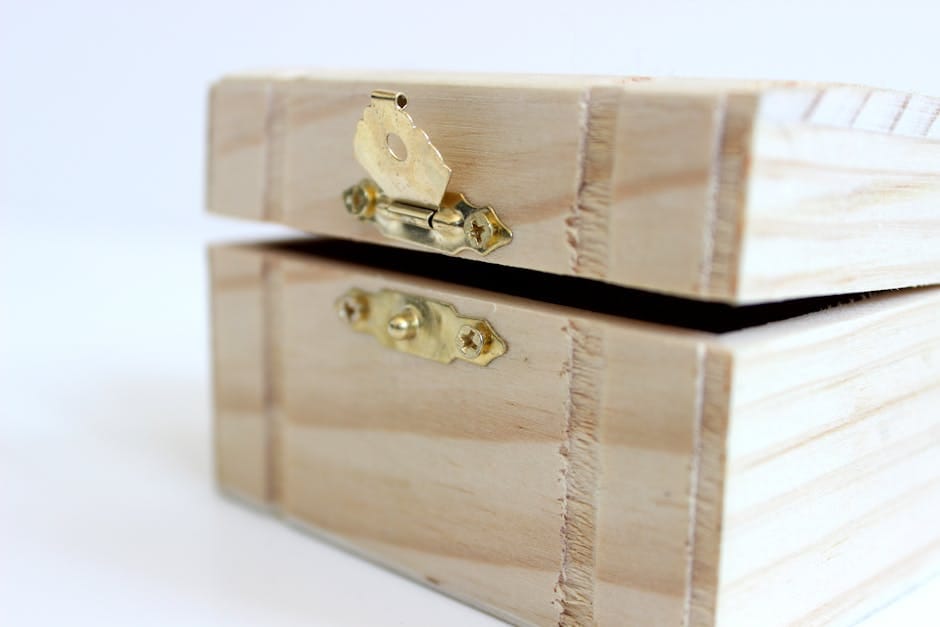Tight hip flexors are a common problem that can lead to a variety of symptoms, including pain, stiffness, and reduced range of motion. They can also contribute to back pain, knee pain, and other problems. The good news is that there are a number of things you can do to unlock tight hip flexors and improve your overall mobility and flexibility.
**What are Hip Flexors?**
Hip flexors are a group of muscles that help us bend our hips and lift our legs. They are located on the front of the thighs and include the iliacus, psoas major, and rectus femoris muscles. These muscles are constantly used in everyday activities, such as walking, running, and sitting.
**Causes of Tight Hip Flexors**
There are a number of factors that can contribute to tight hip flexors, including:
* Prolonged sitting: Sitting for long periods of time can shorten the hip flexors and cause them to become tight.
* Exercise: Certain exercises, such as running and cycling, can also lead to tight hip flexors.
* Injury: Injuries to the hip or thigh can also cause the hip flexors to become tight.
* Age: As we age, our muscles naturally become tighter and less flexible.
**Symptoms of Tight Hip Flexors**
Tight hip flexors can cause a variety of symptoms, including:
* Pain in the front of the thigh or hip
* Stiffness in the hips
* Reduced range of motion in the hips
* Back pain
* Knee pain
**How to Unlock Tight Hip Flexors**
There are a number of things you can do to unlock tight hip flexors and improve your mobility. Some of the most effective methods include:
* Stretching: Stretching the hip flexors is one of the best ways to improve their flexibility and range of motion. Some effective hip flexor stretches include the kneeling hip flexor stretch, the standing quad stretch, and the seated hip flexor stretch.
* Strengthening: Strengthening the hip flexors can also help to improve their flexibility and range of motion. Some effective hip flexor strengthening exercises include the hip flexor squeeze, the leg raise, and the knee drive.
* Massage: Massaging the hip flexors can help to loosen them up and improve their flexibility. You can do this yourself or see a massage therapist.
* Heat therapy: Applying heat to the hip flexors can help to relax them and reduce pain. You can use a heating pad, a hot bath, or a sauna.
**Conclusion**
Tight hip flexors are a common problem that can lead to a variety of symptoms. However, there are a number of things you can do to unlock tight hip flexors and improve your mobility. By following the tips in this blog post, you can help to improve your hip flexibility and reduce pain.
